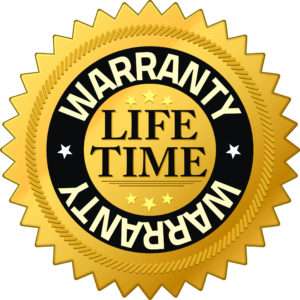Dioxane (also known as 1,4-dioxane, diethylene ether, and diethylene dioxide) is a chemical used as a solvent in industrial products such as paint and pesticides. It can also be found as a trace contaminant in consumer products such as shampoos, detergents and cosmetics. Drinking water can become contaminated by dioxane via manufacturing plant discharges or leaking underground storage tanks. Once dioxane has mixed with a source of drinking water, it does not break down easily, and will tend to stay in the water.
While Berkey has not conducted specific testing for dioxane, our expectation is that reduction of dioxane should occur for the following reasons:
- Dioxane (C4H8O2) is composed of carbon, hydrogen, and oxygen.
- Dioxane reduction has been reported in several studies to be achieved by the mechanism of adsorption to attract dioxane to the surface of carbon-based media.
- Black Berkey® Elements utilize high-grade carbon based media as one part of our proprietary formulation.
- Scientific Engineering Response and Analytical Services (SERAS) has listed Bromochloromethane (BCM) as a surrogate for dioxane. Surrogates are compounds similar in chemical composition to the analytes of interest and spiked into environmental samples prior to preparation and analysis. They are used to evaluate the efficiency of removal or reduction of other contaminants that react similarly.
- Black Berkey® Elements reduce Bromochloromethane by greater than 99.80%.
Nevertheless, since Berkey has no specific testing for dioxane, no specific claims for dioxane reduction can be made. Factors that could have an impact on any reduction would include the concentration of the dioxane contamination, as well as other competing contaminants in the water.


